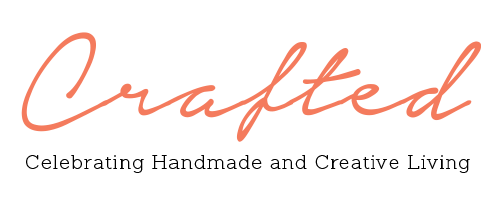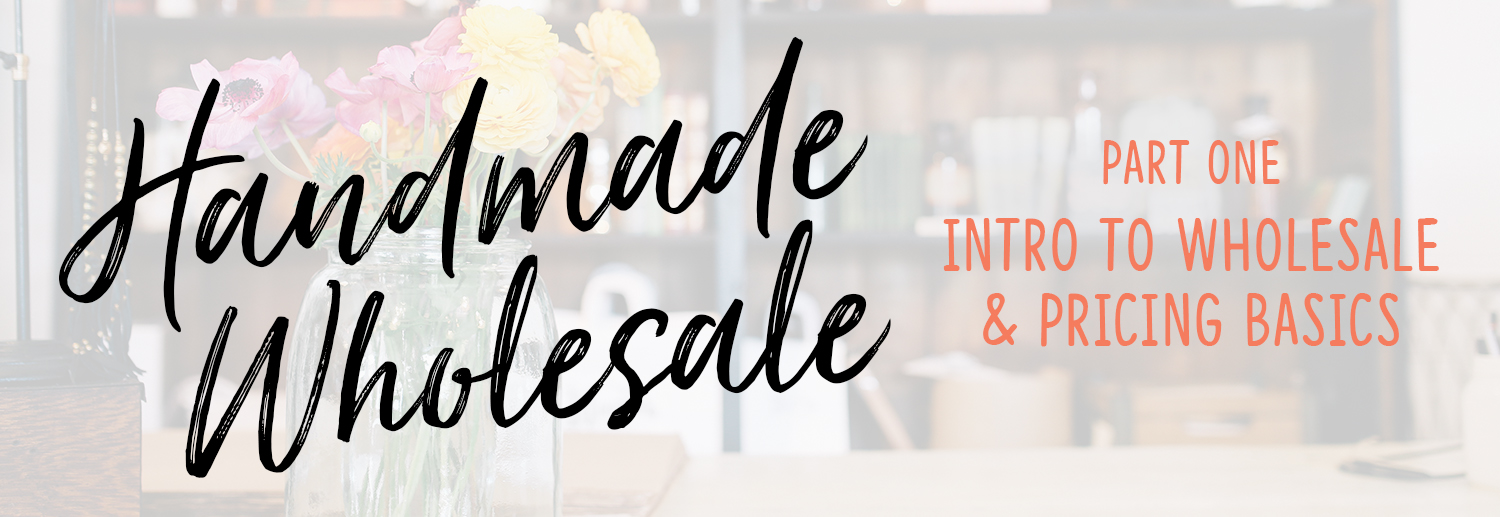Handmade wholesale – 6 things to think about before approaching retailers
Thanks for coming back for part 2 of our beginners’ guide to handmade wholesale.
If you missed part 1, this article will still make sense, but I would recommend heading back and checking that one out first.
See part one here.
In this post we’re going to look at a few things you need to consider before you start contacting retailers as a wholesale seller.
Enjoy! –
Points to think about before you start approaching retailers

If your product is quite unique, you’re fine here. However, if there are several makers out there selling products that are quite like yours, which is very likely, it’s important you find your point of difference.
Having a point of difference will set you apart from your competitors. You want to give retailers a reason to choose you over the other makers in your niche.
You need to look at your products and your competitors’ products and think about what you can do to make your pieces different from those other brands. This is something you could do when checking out your market value, like we talked about in part 1.
It could be your colour selections, your packaging, a unique shape or texture, etc…
Your point of difference doesn’t even need to be a physical attribute. If you’re selling to stores in your local area, your difference is that your products are locally made. Do you support any kind of charity with your products? Are your materials sustainable or recycled? Is there anything that a customer can feel good about when purchasing your piece? (apart from the pure pleasure of having your piece in their home of course… )
Having a strong point of difference isn’t something that necessarily needs to hold you back from jumping into wholesale. If you have lots of competitors, it generally means there is a demand for your products, so go ahead and give wholesale a go but I highly recommend thinking about this now.
When I asked retailers what they look for when they are selecting new brands to work with, the words different and unique came up a lot! This is why having a point of difference is so important

Make sure you have a strong product line to offer retailers. Your range needs to be comprehensive enough to give the buyer the ability to comfortably choose the products they want to stock, without feeling like they have to buy everything to be able to meet your minimum order. Retailers are unlikely to take on your whole collection. They like to curate the products they think their customers will like, and what’s going to look good on their shelves.
If you only have a few pieces on offer at the moment I would recommend not taking the leap into wholesale until you have developed your line further. However, if you have a singularly unique product that you think will sell well enough on its own to justify your retail partners’ spend with you, then absolutely go ahead.

Good branding will make your business look more professional, and as a result, will make retailers respect you more as a business owner. Your brand doesn’t stop at your logo either. It includes everything from the way you package your products to the way you talk to your customers.
Branding is a huge topic worthy of its own article, so we’ll dive deeper into this at a later stage.
Just make sure you’re happy with your brand identity before you start promoting yourself to retailers.

SKU or stock keeping unit refers to the unique number or code you give to your product.
If you chat to anyone working in a product-based business, you might hear them say something like “We have 5000 SKUs.” What they mean is they have 5000 different products in their range.
This also includes a product with variants. For example, If you have a necklace available in three different colours you would give each colour a different SKU.
There is no real rule for what your SKUs have to be but they need to make sense to you. You should be able to look at this code and know which product it belongs to, or at least have a rough idea!
There are a few ways you can set up your SKUs. You could simply use a series of numbers but you will make your life a lot easier if you combine letters and numbers, or even just letters!
Looking at jewellery as an example, say you have a collection called “Fern”, and in this collection you have stud earrings, drop earrings, a necklace, and a bracelet. You also offer each of these pieces in silver, yellow gold, and rose gold. You need a code that allows you to identify exactly which item in the “Fern” collection the retailer is asking you for. Here’s how I would break it down.
F = Fern
S = Stud earrings
D = Drop earrings
N = Necklace
B = Bracelet
S = Silver
Y= Yellow Gold
R= Rose Gold
The “Fern” drop earrings in yellow gold could then have the SKU of FDY.
The “Fern” Necklace in silver would be FNS
Alternatively, you could give each of the colours a number
001 = Silver
002 = Yellow Gold
003 = Rose Gold
In this example the “Fern” stud earrings in rose gold would be FS003

You should have a minimum order for your wholesale customers. It’s up to you what this minimum is. However, I would recommend having a larger minimum for an initial order, and a lower minimum for any subsequent orders from the same retailer.
Many handmade sellers I’ve worked with and spoken to seem to have a minimum dollar spend amount for an opening order. From here, they are often happy to accept any quantity/dollar value after that. You don’t have to do this. If you prefer you can keep a minimum order value for each order placed.
It’s quite common for wholesalers to also have a minimum order quantity (MOQ) This is the minimum number of your product the retailer needs to buy from you.
For example – if you sell cards in three different sizes, you might ask for a minimum of 4 on item A, minimum 6 on item B and minimum 8 on item C. This will often correlate to the cost of the product. If it’s a cheaper item, the MOQ is often higher. If it’s a more expensive piece, like a watch for example, the MOQ might be as low as one.
This is how wholesale works. The retailer is offered a lower price (wholesale) but in exchange you want a commitment from them that they will purchase X amount of your product.

Your catalogue is your #1 sales tool.
It can make you look professional and more experienced than you might actually be.
After speaking to numerous retailers, a large number of them said that they kept a copy of a printed catalogue, and that they use it when placing a follow-up order with that supplier. If that retailer doesn’t have your catalogue and they have to dig through their emails, or try to remember your website, your products might fall into the “too hard basket”, and you could possibly miss that follow-up order.
Feeling a little lost about what to put in catalogue? Never fear! In part three we’ll cover more about creating a catalogue and what you should include in yours.
…
Well I hope this article gave you some food for thought.
Please, if you have any questions don’t hesitate to get in touch.
Are you an Aussie maker? Come join the conversation in our Facebook group.
Until next time friends!






-0 Comment-